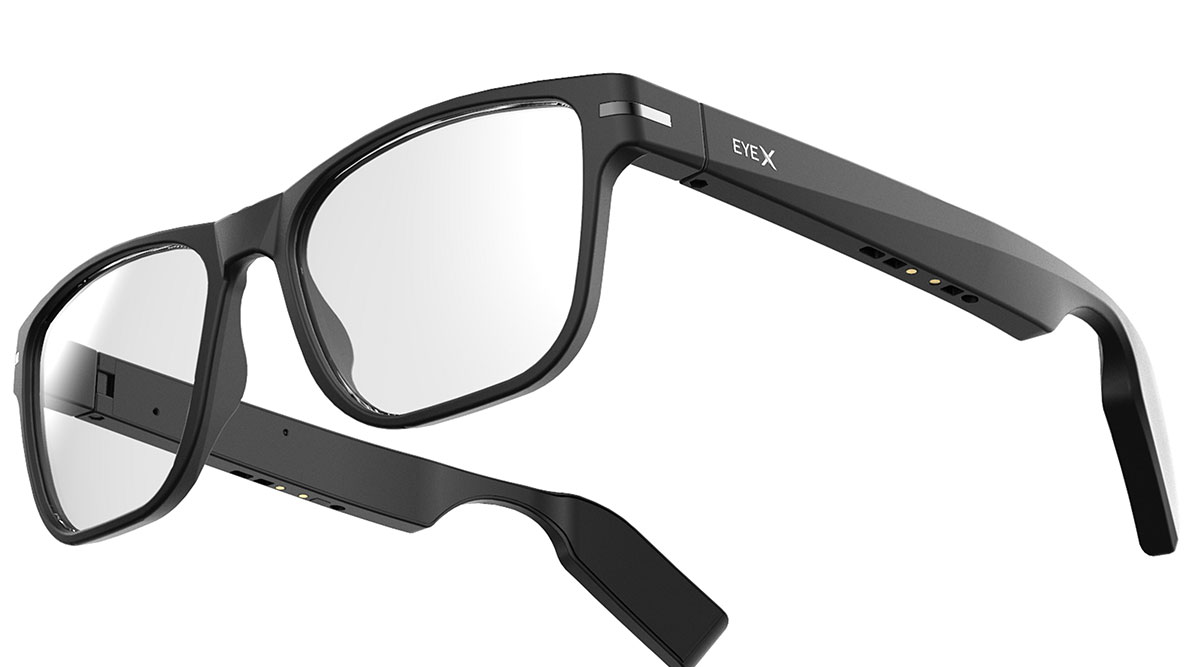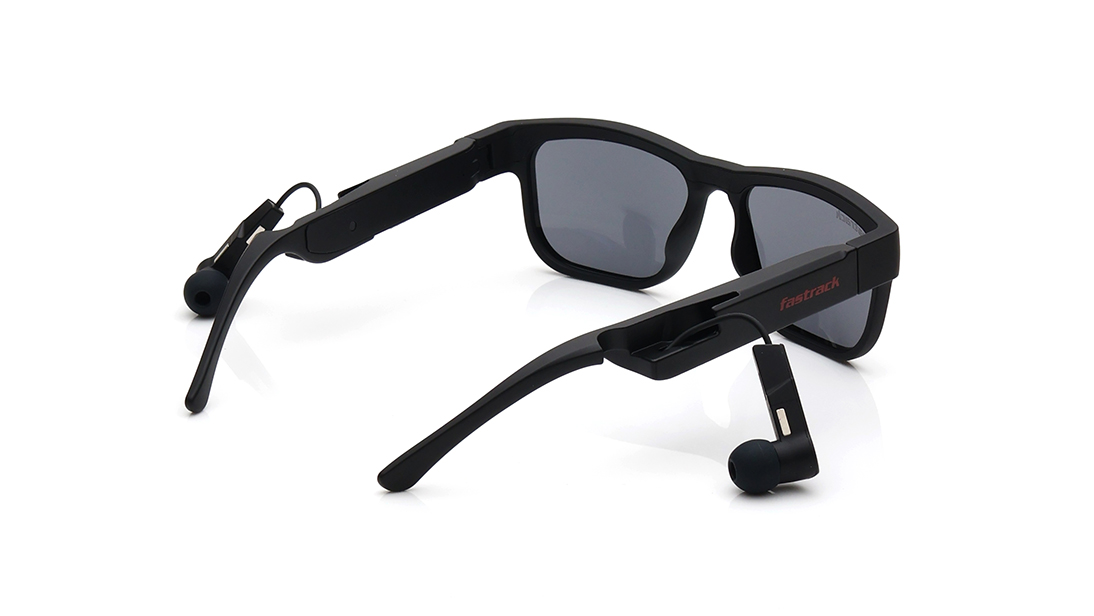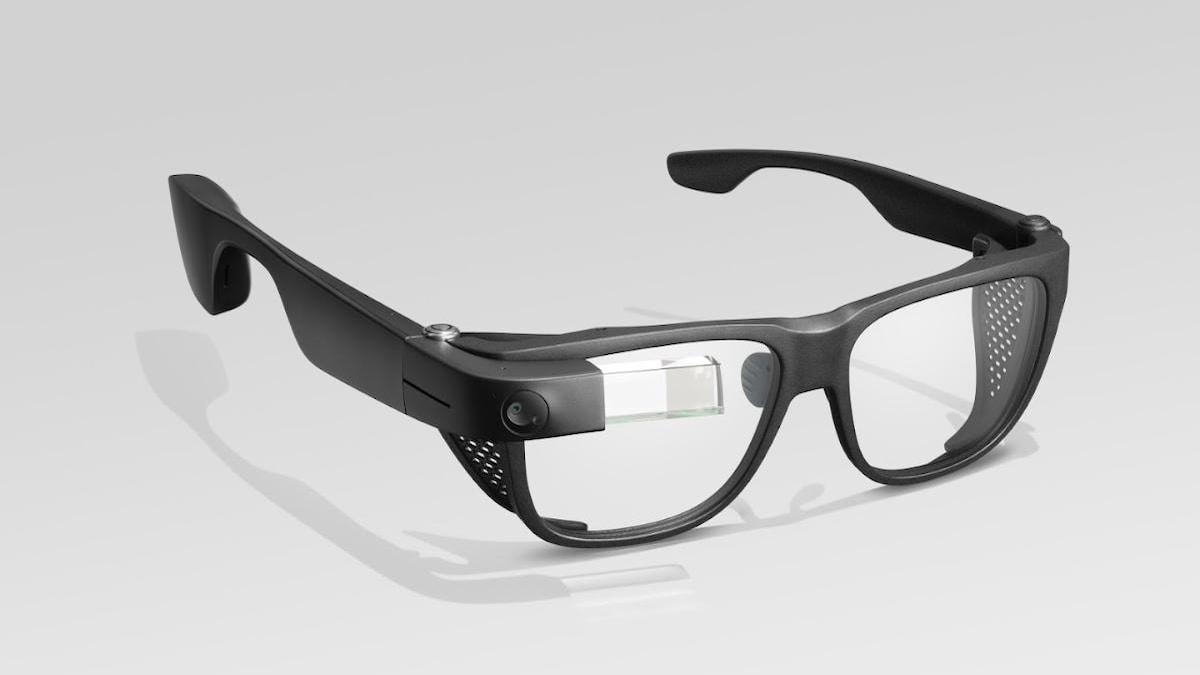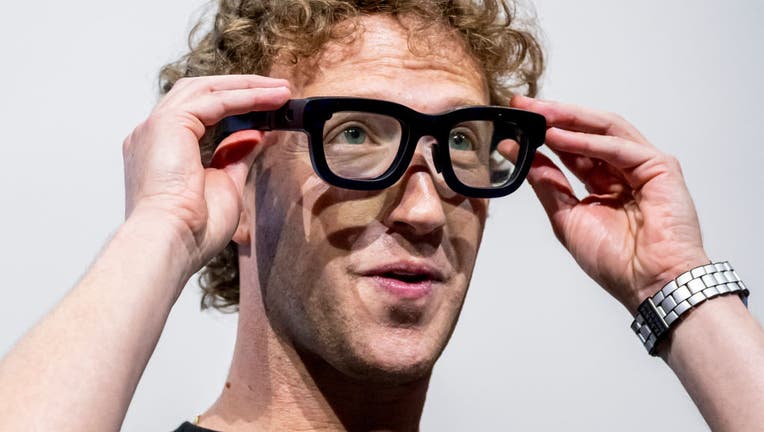The Future on Your Face
Interactive AI Smart Glasses Market, based on the latest industry research for 2025.
Market at a Glance
The AI smart glass market is diverse, spanning from simple audio companions to sophisticated augmented reality displays. This broad spectrum caters to different needs and price points, creating a dynamic and rapidly evolving landscape.
₹2.7k-₹70k+
Price Range in India
3 Types
Primary Device Categories
9+ Brands
Major Competing Players
Market Segmentation by Functionality
Smart glasses can be broadly categorized by their core function. While some offer immersive visual overlays, others focus on audio and voice assistance, creating distinct segments within the market.
Competitive Landscape: Price vs. Capability
This bubble chart visualizes the market positioning of key players. It plots each model's approximate price in India against its AI/AR capability score. The size of the bubble represents the maximum advertised battery life, highlighting key trade-offs between cost, features, and endurance.
Explore the AI Smart Glasses
Discover some of the leading AI smart glasses. Hover for approximate pricing in India and click for a simulated purchase link (actual purchase sites may vary).

Approx. ₹30,000
Ray-Ban Meta
Fashion-forward AI glasses with camera and audio.

Approx. ₹58,000
Xreal One
Advanced AR glasses for immersive screen experience.

Approx. ₹52,000
Viture Pro XR
High-fidelity XR glasses for gaming and media.

Approx. ₹55,000
Rokid Max
Lightweight AR glasses with a large virtual display.

Approx. ₹70,000
Amazon Echo Frames
Audio-first smart glasses with Alexa integration.

Approx. ₹10,000
Titan EyeX
Smart eyewear with audio and fitness tracking from India.

Approx. ₹3,500
Fastrack Vibes
Affordable audio sunglasses for music and calls.

Approx. ₹25,000
Lucyd Eyewear
Smart glasses with ChatGPT integration options.

Price TBD
Google XR (Anticipated)
Future AR glasses concept from Google.
Feature Face-Off
Not all "AI" is created equal. From sophisticated visual analysis to basic voice commands, the intelligence of these devices varies dramatically. Here's a look at how key features stack up across the board.
AI Assistant Power Rankings
A qualitative ranking of the integrated AI assistants based on their reported capabilities, from advanced contextual awareness to simple phone integration.
Display Technology Explained
The visual experience is a key differentiator. It ranges from no display at all to fully immersive virtual screens projected in your field of view.
Immersive AR Display
Micro-OLED/LED screens create a large virtual display for movies, gaming, and productivity. (e.g., Xreal, Viture, Rokid)
Glanceable Info Display
Subtle overlays provide key information like notifications or navigation, without full immersion. (e.g., Google's anticipated XR glasses)
No Display (Audio/Camera First)
Functionality is driven by audio, voice commands, and/or camera input, with no visual overlay. (e.g., Ray-Ban Meta, Echo Frames)
Finding Your Frames in India
For Indian buyers, the path to purchase varies significantly. Homegrown brands are readily available in physical stores, while top international models often require online orders and importation.
Purchase Channel by Brand
This chart shows the primary purchasing channels for different smart glass brands for a customer in India, highlighting the "touch and try" gap for many advanced models.
The User Experience: A Market SWOT Analysis
Based on aggregated user feedback and market trends, here are the key internal strengths and weaknesses, along with external opportunities and threats, shaping the smart glass industry today.
Strengths
- Stylish, discreet designs resembling normal glasses are increasing social acceptance.
- High-quality virtual displays offer compelling portable entertainment and productivity solutions.
- Hands-free convenience for calls, music, and content capture is a major draw.
- Growing accessibility features for users with disabilities.
Weaknesses
- Limited battery life remains a critical barrier for all-day use.
- AR displays can suffer from edge blurriness and limited Field of View (FOV).
- Software ecosystems are often immature, with bugs and limited app availability.
- Many models are bulky, and can cause discomfort or heat generation with prolonged use.
Opportunities
- Entry of major players like Apple will accelerate innovation and market growth.
- Advancements in AI chips, battery tech, and micro-LED displays promise more capable devices.
- Development of open platforms like Android XR can foster a diverse hardware ecosystem.
- Expansion into niche professional and enterprise applications (e.g., healthcare, logistics).
Threats
- Severe privacy concerns regarding pervasive data collection and bystander consent.
- Risk of normalizing surveillance could trigger public backlash and strict regulation.
- High prices for advanced models limit mainstream consumer adoption.
- Negative social perception and the "glasshole" stigma persist.
The Road Ahead: A Timeline of Innovation
The journey of smart glasses is a story of rapid evolution, from early experiments to today's AI-powered devices, with a clear trajectory towards fully-fledged augmented reality.
Past: The Pioneers
Early concepts like Google Glass (2013) introduced the idea but were hampered by limited AI, privacy concerns, and social stigma, largely remaining a niche product.
Present: The AI Era (2025)
Today's market is defined by AI integration. Ray-Ban Meta brings visual AI to a fashion form factor, while brands like Xreal and Viture perfect the portable AR screen.
Future: The Convergence (2026+)
Anticipated devices from Apple and Google (Android XR) aim to converge AI assistance with true, lightweight AR overlays, powered by next-gen chips and displays.

